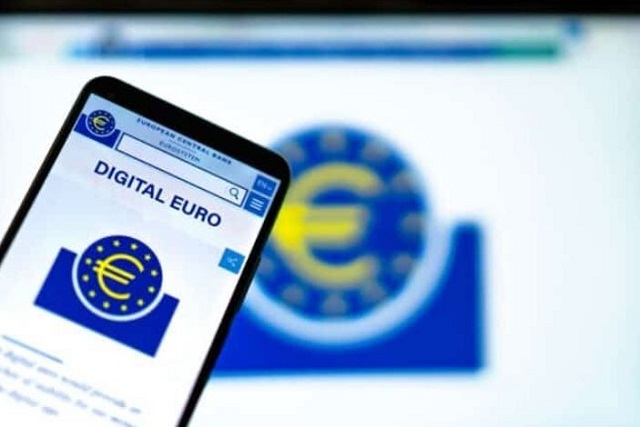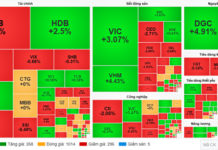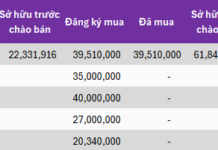
A digital euro essentially functions as a digital wallet backed by the European Central Bank (ECB). (Source: Techzine)
|
On September 19th, European Union (EU) finance ministers agreed on a roadmap to launch a digital euro, aiming to challenge the dominance of US-based payment systems like Visa and Mastercard.
A digital euro is essentially a digital wallet backed by the European Central Bank (ECB).
EU ministers have intensified discussions this year as the bloc seeks to reduce reliance on other nations, particularly the US, in critical areas like energy, finance, and defense.
This move also counters US President Donald Trump’s global push for USD-pegged stablecoins.
Stablecoins are cryptocurrencies pegged to a fiat currency, typically the USD, to maintain price stability.
To be truly “stable,” stablecoins must be backed by highly liquid assets like US Treasury bonds or bills, essentially US government debt.
However, this ambitious project faces hurdles. Lawmakers and bankers express concerns about potential bank runs, high costs, and privacy issues.
In a significant breakthrough at a Copenhagen meeting, EU finance ministers reached an agreement with ECB President Christine Lagarde and EU Trade Commissioner Valdis Dombrovskis on the next steps.
This agreement grants EU finance ministers a say in whether the digital currency is issued and sets limits on individual holdings, addressing concerns about banking system stability.
Speaking at a post-meeting press conference, ECB President Christine Lagarde emphasized that this initiative transcends technology.
She highlighted the digital euro as a political statement of European sovereignty, demonstrating the bloc’s ability to control its payment infrastructure, even for cross-border transactions.
While some EU countries have their own digital payment systems, none are universally accepted across all 27 member states.
Despite a legislative proposal in June 2023, the project awaits approval from the European Parliament and the European Council.
The ECB anticipates legal framework approval by June next year, paving the way for a launch in approximately 2.5 to 3 years.
Hương Thủy
– 21:58 19/09/2025
China Mulls Developing a Yuan-Pegged Stablecoin
“China is considering giving the green light to a yuan-backed stablecoin, a move that would boost the currency’s global usage. This potential shift in Beijing’s stance on digital assets marks a significant turning point, according to sources familiar with the matter who spoke to Reuters.”
The House Passes Landmark Stablecoin Legislation
“Stablecoins are a unique type of cryptocurrency designed to offer price stability. They are typically pegged 1:1 to the US dollar, providing a reliable medium of exchange for digital assets. These coins offer a stable haven in the often volatile world of cryptocurrencies, making them an attractive option for traders and investors alike.”









































